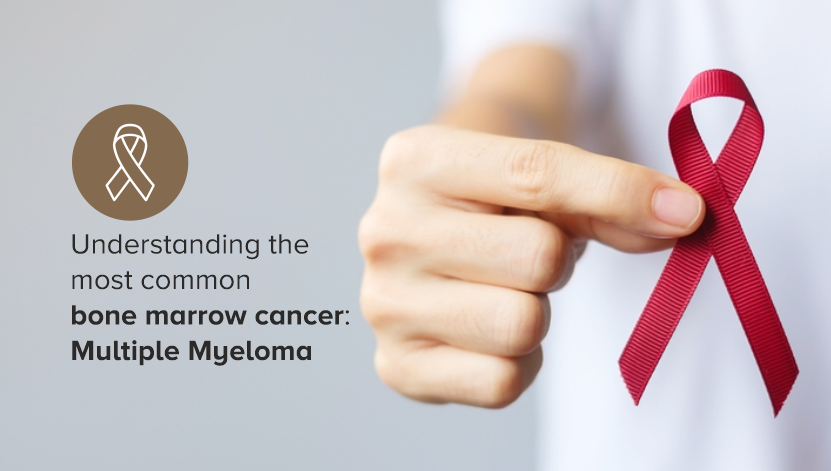In the realm of hematological malignancies, Multiple Myeloma (MM) emerges as the most common form of bone marrow cancer, striking individuals with a complexity that demands a deeper understanding. This condition, marked by the proliferation of cancerous plasma cells in the bone marrow, has drawn significant attention due to its intricate biology, evolving treatment landscape, and the imperative need for patient awareness and early intervention.
